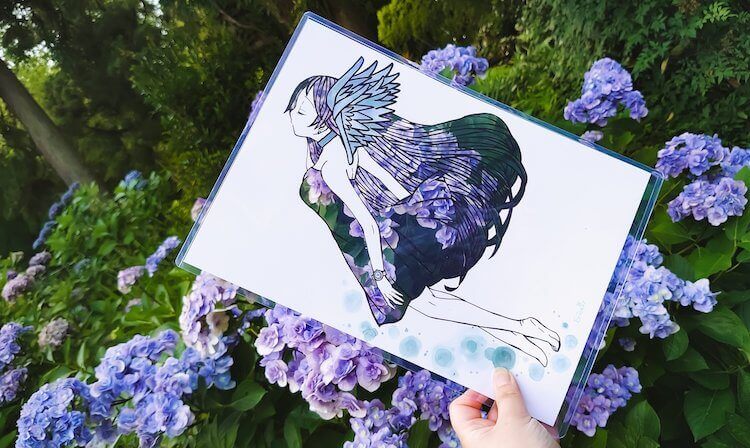Kirie is a traditional Japanese art form that involves the cutting of paper into intricate designs.
The name kirie is derived from the Japanese words kiru meaning to cut and e meaning picture or image.
Kirie has a long history, with the earliest known examples dating back to the 8th century in Japan.

During the Edo period (1603-1868), kirie became more widely practiced and popularized.
Paper was more affordable and accessible, and artists began to experiment with new techniques and designs.
Kirie continued to be popular throughout the Meiji period (1868-1912) and into the modern era.
Kirie has a rich cultural significance in Japan, and is often used in religious ceremonies and festivals.
Kirie is also significant from a scientific and engineering standpoint.
Kirie-inspired designs have been used in fashion, architecture, and product design, among other fields.
Overall, kirie is a fascinating and intricate art form with a long and storied history.